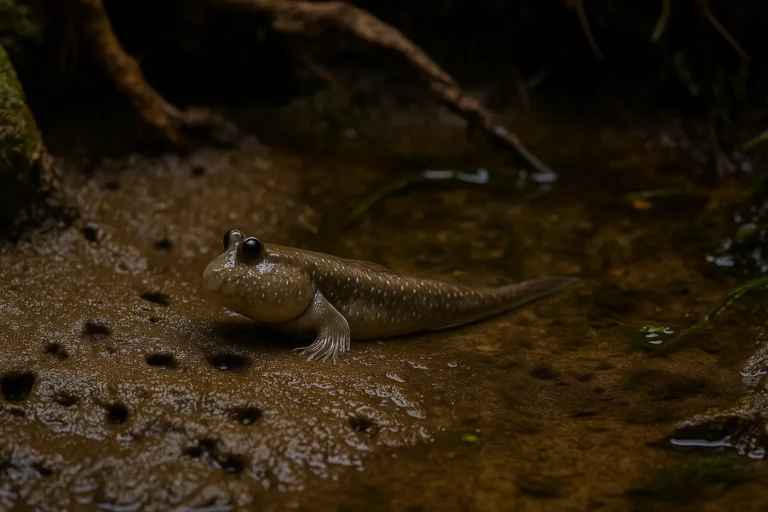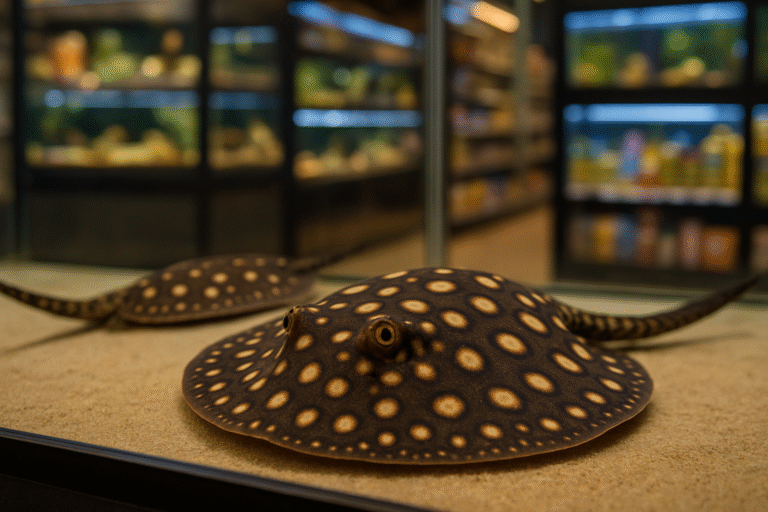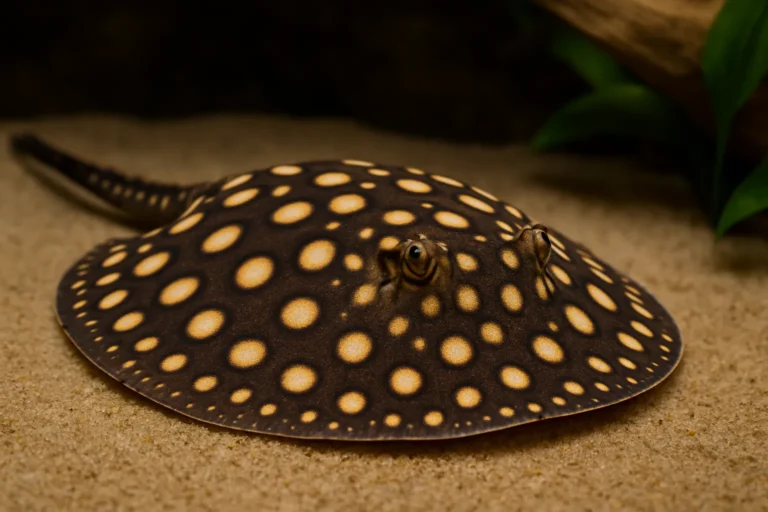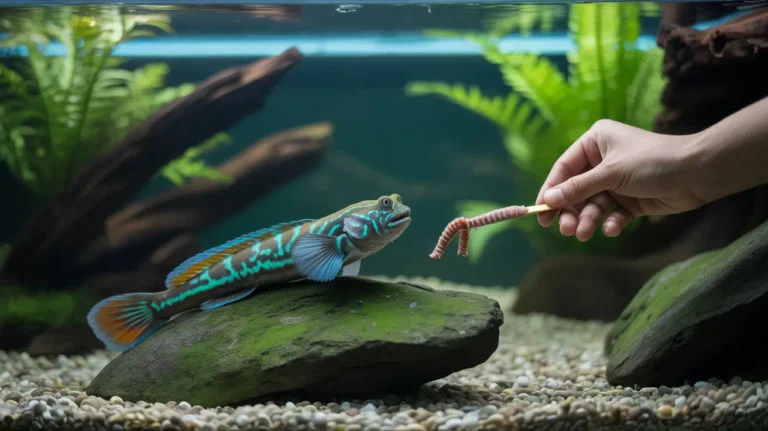Mudskipper: The Fish That Walks on Land
The mudskipper is no ordinary fish. Found along the muddy coasts and swamps of the Indo-Pacific and West Africa, this remarkable amphibious creature blurs the lines between land and water. A member of the goby family, mudskippers have evolved a set of extraordinary adaptations that allow them to survive—and even thrive—outside water. From “walking” on land to breathing through their skin, they are one of nature’s most fascinating hybrids.
What Is a Mudskipper?
Mudskippers belong to the Gobiidae family, specifically the subfamily Oxudercinae. There are over 25 recognized species of mudskippers, the most well-known being Periophthalmus argentilineatus and Periophthalmus barbarus. These fish typically grow up to 30 cm (12 inches) long and have elongated bodies with two dorsal fins and strong, muscular pectoral fins that resemble legs.
Habitat and Range
Mudskippers are native to intertidal zones, such as swamps, mangroves, estuaries, lagoons, and mudflats across the Indo-Pacific region. They can be found in tropical, subtropical, and even some temperate zones, from East Africa and Madagascar to Southeast Asia, Japan, northern Australia, and the Pacific Islands.
Key Habitat Features:
Unique Adaptations: Life Between Two Worlds
1. Amphibious Lifestyle
Unlike most fish, mudskippers spend over 75% of their time on land. Their pectoral fins act like limbs, allowing them to “crutch” or skip across mud surfaces. They even use their pelvic fins to climb mangrove roots and occasionally trees!
2. Cutaneous Breathing
Mudskippers breathe not just with gills but also through their moist skin and the lining of their mouth and throat—similar to amphibians. Their enlarged gill chambers store air, acting like scuba tanks to keep their gills moist and functional on land.
3. Incredible Eyesight
Their bulging, frog-like eyes sit atop their heads and move independently, giving them panoramic vision. When blinking, their eyes retract into fluid-filled cups to stay moist—a necessity for spotting predators or prey both above and below water.
4. Mud Burrowing
These fish construct complex burrows in mud to:
Diet and Feeding Behavior
Mudskippers are opportunistic carnivores, feeding on a variety of small animals:
Their strong sense of vision and movement on land helps them hunt effectively even outside water. Read our detailed guide on mudskipper diet to discover more.
Behavior and Mating Rituals
Mudskippers are highly territorial. Males often engage in confrontational displays—raising their dorsal fins, opening their mouths, and leaping at intruders. During mating season, males will even perform high jumps up to two feet in the air to attract mates, a courtship ritual quite unusual for fish.
Conservation and Environmental Importance
Mudskippers are important ecological indicators of healthy mangrove and estuarine ecosystems. They help aerate the soil with their burrows and play a role in the local food chain. However, like many coastal species, they are threatened by habitat loss due to coastal development and pollution.
Final Thoughts
From skipping across mudflats to blinking with eye-cups, mudskippers are a marvel of evolution. They challenge what it means to be a fish and offer a glimpse into how life can adapt in the most unexpected ways. The next time you find yourself near a swampy shoreline or a mangrove forest, keep an eye out for the mudskipper—the fish that dares to walk where others swim.
FAQ’s About Mudskipper
1. Can you keep a mudskipper in an aquarium?
Yes, but it requires a brackish water paludarium with land and shallow water areas. The tank must be tightly sealed as mudskippers are escape artists.
2. Where do mudskippers live in the wild?
Mudskippers are found in tropical and subtropical tidal mudflats, estuaries, and mangrove swamps. They dig burrows and are active on land during low tide.
3. Can mudskippers survive in freshwater?
Some species tolerate freshwater for short periods, but long-term survival requires brackish water with slight salinity.
4. What do mudskippers eat?
In the wild, they feed on insects, small crustaceans, worms, and organic debris. In captivity, they can eat bloodworms, brine shrimp, and other live/frozen foods.
5. How big do mudskippers get?
Size varies by species. Smaller ones grow up to 2–3 inches, while larger species like the giant mudskipper can reach 10–12 inches.
6. Are mudskippers aggressive?
Yes, especially males. They are territorial, so multiple mudskippers need separate basking and burrowing zones to reduce conflict.
7. How long do mudskippers live?
With proper care, mudskippers can live for 3 to 5 years in captivity.




